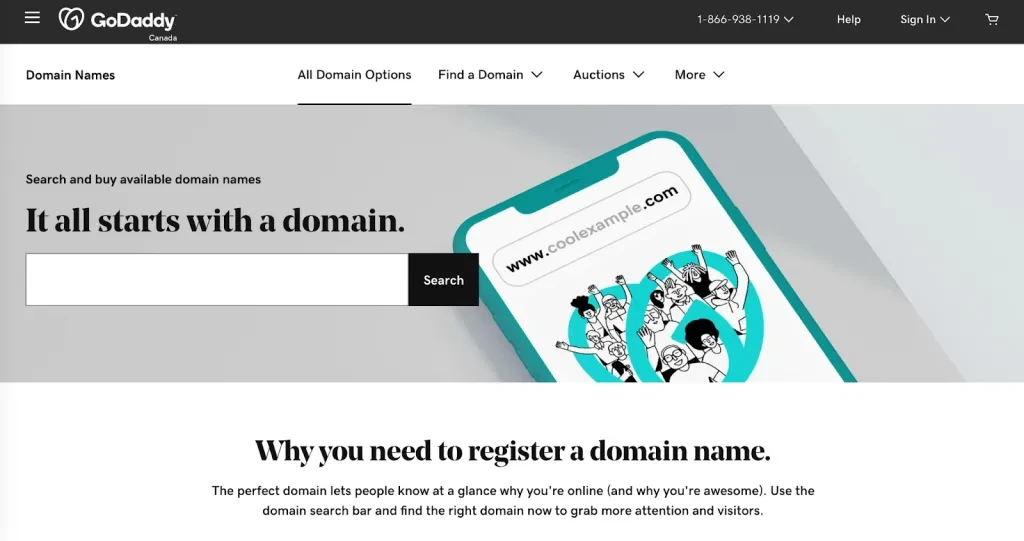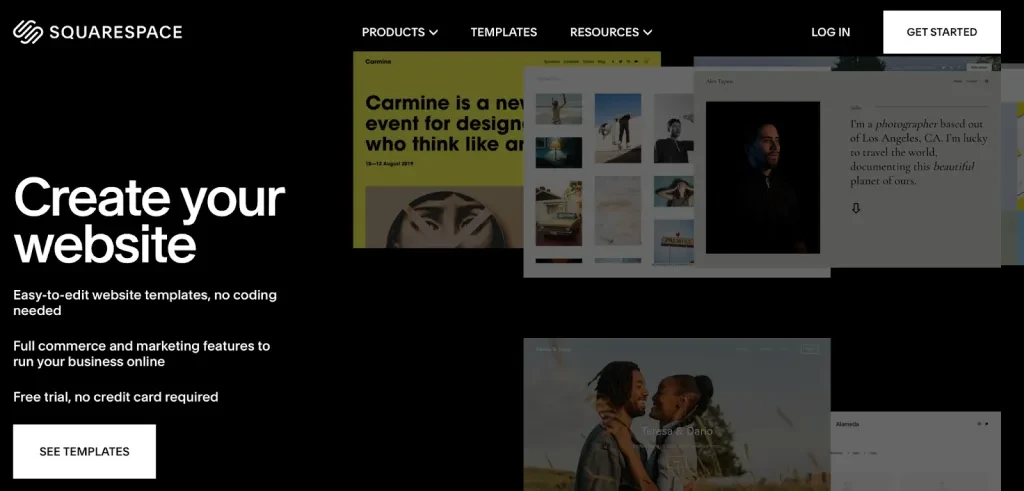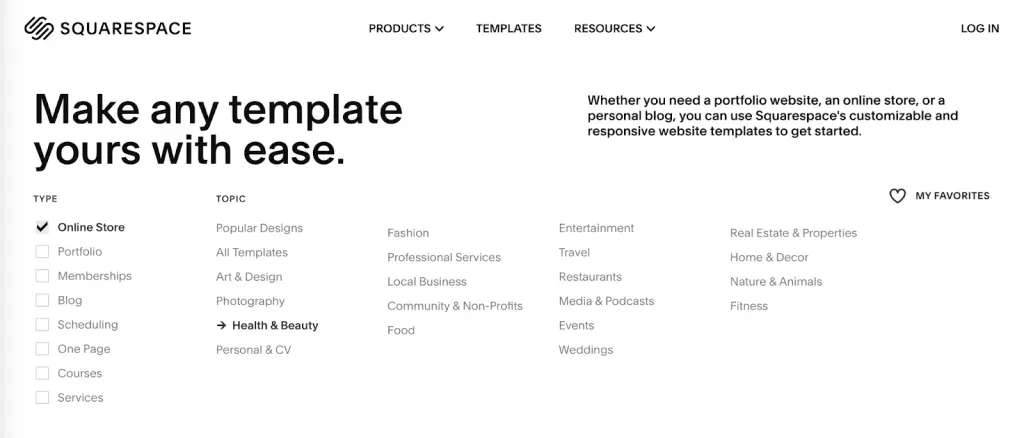Blogging is a critical part of an inbound marketing strategy for businesses. It helps bring visibility to your websites, helps establish credibility, and generates leads.
Not sure how to get started with your blog? You’ve come to the right place. We have a step-by-step guide to help you get started with your business blog.
Table of Contents
Benefits of a business blog
Before starting your blog — determine the purpose of the blog
Step-by-step guide to starting a business blog
Blogging next steps
Benefits of a business blog
A business blog offers numerous advantages and is critical to your business’s marketing strategy. A blog enhances SEO by, in part, increasing the number of indexed pages, which increases online visibility.
Through informative and engaging content, it engages, educates, and captures leads as well as fosters authority, establishes expertise, and builds trust with an audience. Additionally, a blog showcases products and services, fosters customer relationships, and drives long-term results through evergreen content.
Overall, a business blog is a versatile tool that bolsters brand recognition, increases website traffic, and contributes to business success. Still not convinced? Read more about why your business needs a blog.
Before starting your blog — determine the purpose of the blog
Before getting started with your blog and working on creating content, it’s essential to determine the purpose of the blog. Defining the purpose helps set a clear direction for your blog, ensuring it aligns with your overall business goals and objectives.
With a clear direction and a well-defined target audience, your business can create a clear content strategy, including specific keywords to target and a blog content calendar.
Additionally, setting a purpose allows you to establish key performance indicators (KPIs) and track the blog’s success, enabling you to adjust your strategy as needed.
Step-by-step guide to starting a business blog
Here is a step-by-step guide to starting a business blog:
1. Buy a domain

If you don’t have a domain name already, this is a critical first step. The domain name is the address people use to find your website, so choosing a name that aligns with your business purpose and brand identity is essential.
A custom domain name conveys trustworthiness, which is vital for attracting and retaining readers and customers. It also offers greater control over your online presence, allowing you to customize your website and content according to your branding and business objectives.
Custom domain names can also boost search engine optimization (SEO) efforts, improve brand consistency, and make marketing and promotion more effective.
Where to buy a domain name?
There are several places your business can purchase a domain name, the most common being:
- GoDaddy
- BlueHost
- HostGator
- Domain.com
2. Sign up to a blogging platform

Once you have your domain, the next step is to sign up for a blogging platform where you can start your blog.
If you already have a domain name and an established website, look into whether or not the location where your website is hosted has the functionality to add a blog.
Again, there are many choices for blogging platforms, but a few stand out when it comes to business blogging.
- WordPress: This self-hosted platform is highly flexible and customizable. It offers a wide range of themes and plugins, making it suitable for businesses of all sizes. With WordPress, you have complete control over your blog’s design and functionality.
- Wix: Wix is a user-friendly website builder that offers a blogging feature. It’s an excellent choice for small businesses or individuals who want an easy-to-use platform with a drag-and-drop interface.
- Squarespace: Squarespace is known for its visually appealing templates and design options. It’s a good choice for businesses prioritizing aesthetics and wanting a user-friendly platform.
3. Choose and customize the theme

Now it’s time for the fun part: choosing and customizing your blog’s theme. It’s important the theme aligns with your brand’s identity, but you can choose if you want it to integrate seamlessly with the rest of your website or specifically stand out.

After considering the theme’s aesthetic and navigation, the next thing to consider is its customization. Ideally, it should allow you to easily adjust the layout, colors and fonts to match your brand. You also want to ensure the theme is compatible with popular plugins you will want to use, such as SEO and social media (most themes have these these days, but it’s wise to confirm) and that it is mobile responsive.
Finally, you want to ensure it comes with customer support, especially if you are newer to blogging.
Additional Tip: Before fully committing to a theme, test its customization and responsiveness. You want to ensure it aligns with your brand and is adaptable to your business needs, as it may be challenging to change later.
4. Create engaging content

Once the blog is built, the next step is to create compelling content that readers want to engage with. But before starting to write, building a content creation strategy is essential.
A content strategy considers the business’s goals and the target audience when determining the types of content you want to create and the topics you want to write about.
You use keyword research to identify relevant topics and phrases your audience is searching for. From there, you can begin organizing the content you want to create from the top down. For example, for a beauty brand that sells skin care products, you’ll start by considering the types of blogs you want to create, like tutorials, product highlights, and ingredient education.
Then, within each type, you can determine the subcategories of content before deciding on specific blog topics. In the tutorial category, you may want to include specific tutorials on each product and other beauty tutorials like skincare routines. Then, the blog topics would be things such as “How to Use X Product” or “Best Morning Skincare Routine.”
Starting with a content strategy helps you to stay organized and ensures that you are intentional with creating content that will target a wide variety of keywords related to your industry.
Finally, once you have an organized list of content ideas, you can create a structured content calendar to ensure you post blog content regularly and appropriately promote the content.
Still trying to figure out how to get started? Read more about how to generate blog ideas.
Blogging next steps
Once the blogs are published, the next steps are promotion and measuring key performance indicators.
Social media is the most common place for businesses to promote blog content. On platforms like Facebook and LinkedIn, you can share direct links to blogs, while with other platforms like Instagram and TikTok, it’s more helpful to repurpose the learning from the blog and direct readers to find the link to the blog or your website in your bio. Email marketing is also another excellent way to share helpful blog content with potential customers.
Want to learn more about blogging for business? Here is some further reading:
- How to optimize a blog for SEO
- How to boost blog engagement




